To grade Mercury dimes accurately, examine the high points of the design for wear, focusing on the feathers in the wings and fasces on the reverse. For uncirculated coins, check for “Full Bands” (FB) designation—the horizontal bands on the fasces must be completely separated, significantly increasing value. Circulated grades range from About Good (AG) with heavy wear to Extremely Fine (XF) with minimal wear on high points. Assess mint luster, surface issues like scratches, and detail preservation. For definitive grading, use professional services like PCGS or NGC, or compare your coin with PCGS Photograde Online. Key rarities like 1916-D can receive FB designation even at AU-50 grade.
Grading a Mercury dime correctly can mean the difference between a $3 coin and a $300 piece sitting in your collection. These iconic dimes from 1916 to 1945 feature Adolph Weinman’s Liberty design, often mistaken for the Roman god Mercury, and their value hinges on understanding two critical factors: the wear on high points and the Full Bands designation on the reverse. Whether you’re evaluating an inheritance or building a collection, knowing how to assess these features will help you avoid overpaying and recognize valuable finds.
Identifying the High Points of Wear
The first step in grading any Mercury dime involves examining where friction first impacts the design. On the obverse, focus on Liberty’s hair above the forehead and the area behind the ear. These raised portions lose their sharpness first when the coin circulates. Original mint luster breaks down in these spots, creating a flat, dull appearance that signals wear.
On the reverse, the high points appear on the fasces (the bundle of rods with an axe blade). The horizontal bands wrapped around the sticks and the individual vertical lines of the sticks themselves show wear earliest. Even light circulation removes the crisp separation between these elements. Check the olive branch on the left side of the fasces as well, particularly the individual leaves closest to the rim.
Under magnification of at least 5x, you can spot the transition from uncirculated to circulated conditions. Uncirculated coins maintain unbroken cartwheel luster across all surfaces, while even About Uncirculated examples (AU-50 to AU-58) show slight friction on these high points. A coin graded AU-55 might display full design details but exhibit a subtle smoothness on Liberty’s hair when tilted under direct light.
Understanding Circulated Grade Categories
Heavily worn Mercury dimes fall into lower grade ranges that significantly impact value. An About Good (AG-3) example shows severe wear with the rim merging into the lettering on the reverse. The date remains visible, but Liberty’s facial features flatten into an outline. At this grade, a common date 1943 dime might trade for $2 to $3.
Good (G-4) condition reveals slightly more detail. The feathers in Liberty’s wing cap become distinguishable as separate elements, though individual lines disappear. On the reverse, you can identify the fasces as a distinct object, but the horizontal bands blend together completely. These coins typically sell for $3.50 to $4.50 for common dates.
Very Good (VG-8) specimens preserve about half the detail on the fasces sticks. You can count individual vertical lines in the center of the bundle, and three or four feathers show separation in the wing. The rim stands completely clear of the lettering. Common dates in this grade bring $4.50 to $6.
Fine (F-12) represents the lowest grade where all major design elements remain visible. Every stick in the fasces appears as a separate line, though the finer details show obvious wear. The horizontal bands exist as raised areas, but without full separation. Liberty’s hair shows as distinct strands near the face, with moderate blending behind the ear. A 1943-D in Fine condition sells for approximately $6 to $8.
Extremely Fine (EF-40 to EF-45) coins exhibit only slight wear on the highest points. Individual hair strands separate across most of Liberty’s head, with light friction visible above the forehead and behind the ear. The fasces retains nearly complete detail on the vertical sticks and shows partial separation of the horizontal bands. These grades command $12 to $25 for common dates, with premium dates like 1916-D reaching $850 in EF-45.
Decoding the Full Bands Designation
The Full Bands designation transforms the value equation for uncirculated Mercury dimes. This special notation requires complete, uninterrupted separation of the two center horizontal bands wrapped around the fasces on the reverse. Under magnification, you should see a clear gap running the entire width of the bands without any merging or weakness.
Professional grading services like PCGS and NGC reserve the Full Bands (FB) designation for coins grading MS-60 or higher, with three notable exceptions. The key 1916-D, the overdate 1942/1, and the 1942/1-D can receive FB status as low as AU-50 due to their extreme rarity and collector demand for these varieties in any condition with full bands.
The strike quality from the Denver and San Francisco mints varied significantly by year, making Full Bands specimens rare for certain dates. A 1945 Philadelphia Mint dime in MS-65 condition without Full Bands might sell for $35, while the same coin with Full Bands designation commands $85 to $120. For scarcer dates like the 1942/1-D, the premium multiplies dramatically: MS-63 without Full Bands brings $2,200, but MS-63 FB can reach $8,500 based on Heritage Auctions 2023 sales data.
Examine the bands under at least 10x magnification in bright, direct light. Tilt the coin slightly to see where the bands meet the vertical sticks. Weak strikes commonly show merging at the left or right edges of the bands, even when the center appears separated. Any connection point disqualifies the coin from Full Bands status.
Evaluating Mint State Grades
Uncirculated Mercury dimes range from MS-60 to MS-70, though no MS-70 examples exist due to the vintage of these coins. The difference between grade levels depends on the number and severity of contact marks, the quality of the strike, and the luster’s condition.
MS-60 to MS-62 coins show numerous bagmarks and contact marks scattered across both sides. The strike might be weak in areas, and the luster appears somewhat dull or abraded. A 1943-S in MS-60 typically sells for $8 to $12. These represent the most affordable uncirculated examples for building a complete date set.
MS-63 to MS-64 specimens display fewer and smaller marks, with better overall eye appeal. The luster remains strong, showing minimal disruption from handling. Strikes range from average to above average. Common dates in MS-64 bring $20 to $35, while premium dates like 1921 reach $185 in this grade based on PCGS Price Guide data.
MS-65 represents the sweet spot for serious collectors, balancing quality and affordability. Only minor marks appear, usually requiring magnification to detect. The strike shows sharp details across all design elements, and the luster radiates with a bright, frosty appearance. A common date 1940-S in MS-65 sells for $45 to $60, but adding Full Bands pushes the price to $150 to $200.
MS-66 and higher grades demand exceptional preservation. Marks become nearly invisible to the naked eye, limited to a few tiny ticks in non-focal areas. The strike must be sharp throughout, and the luster should be vibrant and unbroken. A 1936-D in MS-66 FB sold for $1,080 at Heritage Auctions in January 2023, demonstrating the premium for top-tier condition.
| Grade | Description | 1943 Philadelphia | 1916-D |
|---|---|---|---|
| G-4 | Heavily worn, feathers barely visible | $3.50 | $685 |
| F-12 | All design elements visible with wear | $6 | $850 |
| EF-40 | Slight wear on high points | $12 | $1,400 |
| MS-63 | Uncirculated, moderate marks | $18 | $2,800 |
| MS-65 | Minimal marks, strong luster | $38 | $5,200 |
| MS-65 FB | Full Bands designation | $95 | $12,500 |
Spotting Surface Issues That Lower Value
Beyond wear and strike quality, surface problems significantly impact a Mercury dime’s grade and value. Scratches, even minor hairlines, can drop a coin from MS-65 to MS-63 or lower. Run your fingernail gently across the surface in good light; you shouldn’t feel any raised edges or grooves on a problem-free coin.
Cleaning represents one of the most common issues collectors encounter. A cleaned Mercury dime shows unnatural brightness, hairline scratches in circular patterns, or a dull, grayish appearance from harsh chemicals. Professional grading services will note cleaning on the holder, often designating the coin as “Genuine” with a details grade like “AU Details – Cleaned” instead of a straight numerical grade. This distinction cuts value by 40% to 70% compared to an original, uncleaned example.
Corrosion appears as dark spots, green or brown patches, or pitting in the metal’s surface. Environmental damage from moisture exposure creates these problems, and they’re typically irreversible. Even a single corrosion spot in a prominent area can reduce a coin from MS-64 to “MS-64 Details – Corrosion,” significantly impacting marketability.
Rim damage occurs frequently on circulated Mercury dimes. Check the entire edge for flat spots, nicks, or compression marks. The rim should form a complete, raised circle on both sides. Damage here suggests the coin was dropped or struck against hard surfaces, and it affects the grade assessment for both circulated and uncirculated examples.
Using Professional Grading Services Effectively
For valuable Mercury dimes, professional grading provides authentication and consistent evaluation. PCGS and NGC remain the industry standards, encapsulating coins in tamper-evident holders with the grade clearly marked. Submission costs range from $20 to $150 per coin depending on service level and declared value.
The break-even point for professional grading typically sits around $100 to $150 in raw coin value. A 1921 dime that might grade MS-63 (worth $185 certified) justifies the $30 to $40 grading fee plus shipping and insurance. However, submitting a common 1943-D that maxes out at $50 in MS-65 doesn’t make economic sense unless you’re building a registry set.
PCGS Photograde provides a free online resource for comparison grading. Upload photos of your coin or compare in hand to their reference images spanning Good through Mint State grades. While not a substitute for hands-on experience, this tool helps new collectors develop their grading eye before making purchase decisions.
Building Your Grading Skills With Practice
Start your grading education by purchasing certified examples in different grades. A $20 investment in a few slabbed common-date Mercury dimes provides reference points you can study repeatedly. Compare an MS-63 to an MS-65 under magnification, noting the differences in mark frequency and severity.
Join online communities like the PCGS Forums or Coin Community Forum where experienced collectors share grading opinions. Post clear photos of your Mercury dimes for feedback, focusing on well-lit images that show the high points and Full Bands area. The collective knowledge helps calibrate your assessments against market standards.
Local coin shows offer opportunities to handle hundreds of Mercury dimes across all grades. Dealers typically allow careful examination of their inventory, and many enjoy discussing grading nuances with interested collectors. Bring a jeweler’s loupe (10x magnification minimum) and spend time comparing coins at different price points to understand what drives value differences.
Your ability to grade Mercury dimes accurately develops over months and years of study. The difference between MS-64 and MS-65 often comes down to subjective judgment about mark placement and overall eye appeal. Professional graders themselves sometimes disagree by one point on the same coin. Focus on recognizing the major grade categories first, then refine your skills to distinguish between plus and minus variations within each level as your experience grows.
You may be interested:
- 1936 Mercury Dime Coin Value Complete Guide Errors List D S And No Mint Mark Worth In 2025
- 1939 Mercury Dime Coin Value Complete Errors List And D S No Mint Mark Worth Guide
- 1940 Mercury Dime Coin Value Guide D S No Mint Mark Worth And Errors List Explained
- 1941 Mercury Silver Dime Coin Value Complete Errors List And D S No Mint Mark Worth Guide
- 1943 Mercury Dime Coin Value Complete Guide Errors List Including D S And No Mint Mark Worth Plus Hidden Varieties
- 1945 Mercury Dime Coin Value Guide Errors List D S And No Mint Mark Worth From 5 To 25000
- How To Grade Peace Silver Dollar Using The Sheldon Scale And Key Wear Areas
- How To Grade Walking Liberty Half Dollar Inspect High Points Luster And Wear For Accurate Assessment

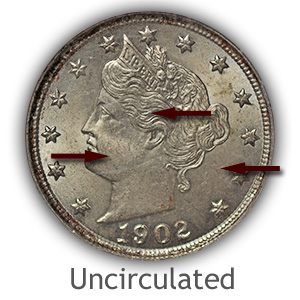
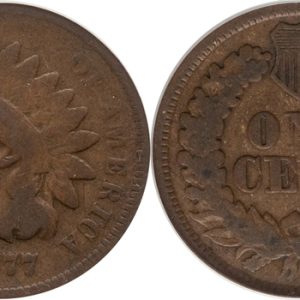
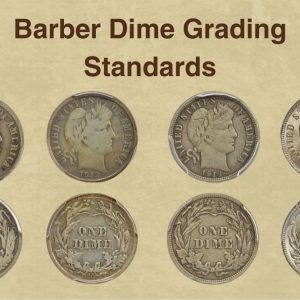
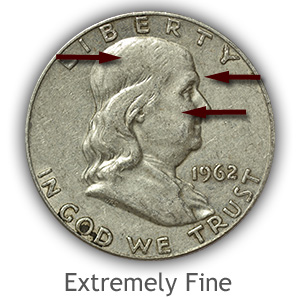
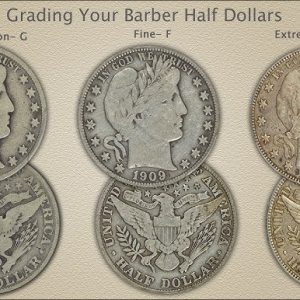
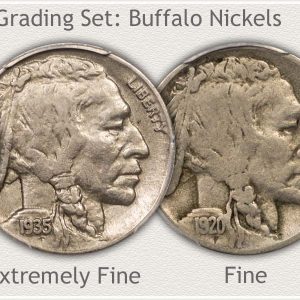
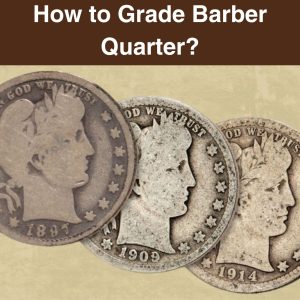

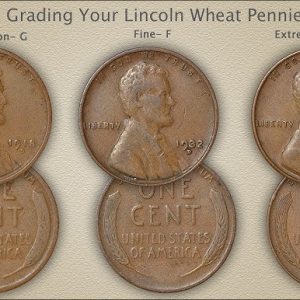
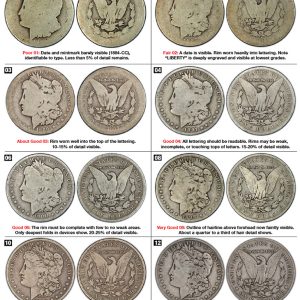
Can I grade a coin myself?
Although it is possible to learn to grade coins yourself, it will take years of experience to do it correctly. In our experience, many collectors think their coins are in a better condition than they actually are � so always be on your guard.
How to know if a Mercury Dime is valuable?
Condition (Grade) Coins are graded on a scale from 1 (poor) to 70 (perfect). A well-worn 1942 Mercury dime in “Good” condition might only be worth its melt value—the value of its silver content. On the other hand, a coin in “Mint State” (uncirculated and pristine) can fetch significantly more.
What year is the $2000000 dime?
1894-S Barber dime. The 1894-S Barber dime is a dime produced in the United States Barber coinage. It is one of the rarest and most highly prized United States coins for collectors, along with the 1804 dollar and the 1913 Liberty Head nickel.
Is it worth it to get coins graded?
It is worth getting a coin graded if its numismatic (collector) value is likely to significantly exceed the cost of grading, which is typically between $30 and $300+ per coin. Grading provides an official assessment of a coin’s authenticity and condition, which can increase its value, especially for high-grade, rare, or key-date coins, and makes them more attractive to buyers.